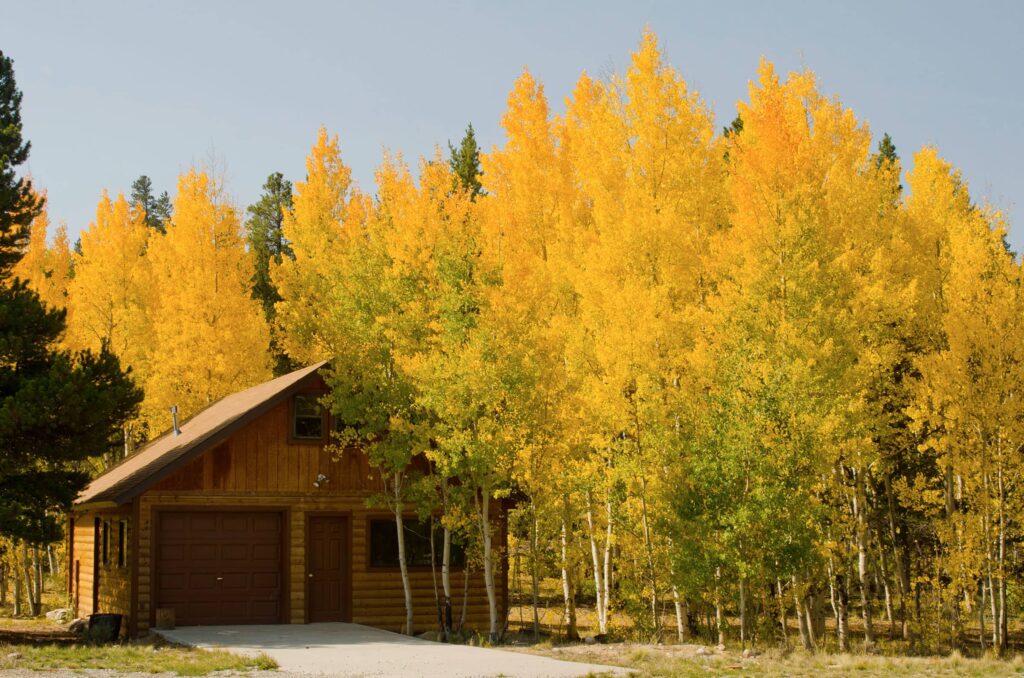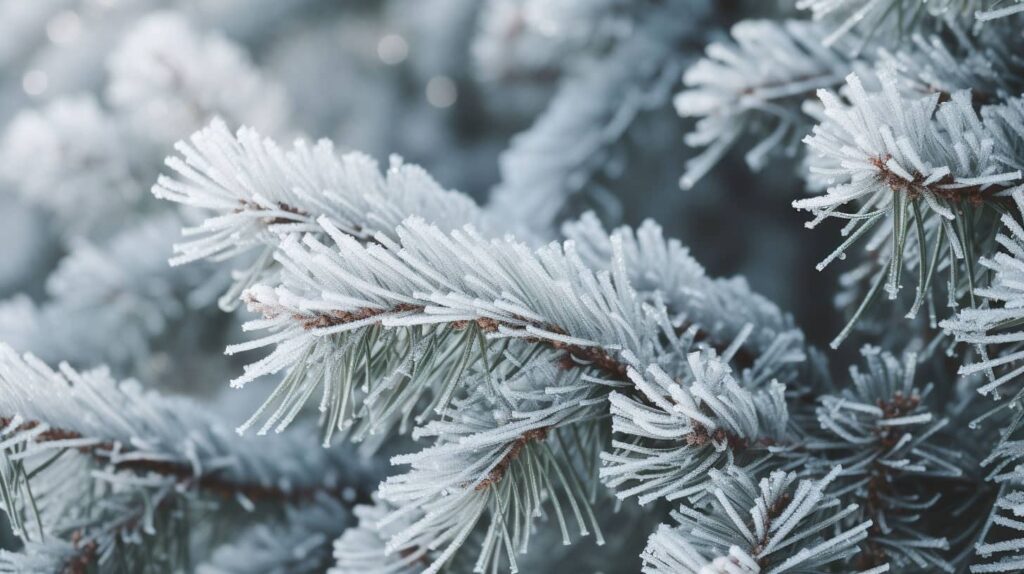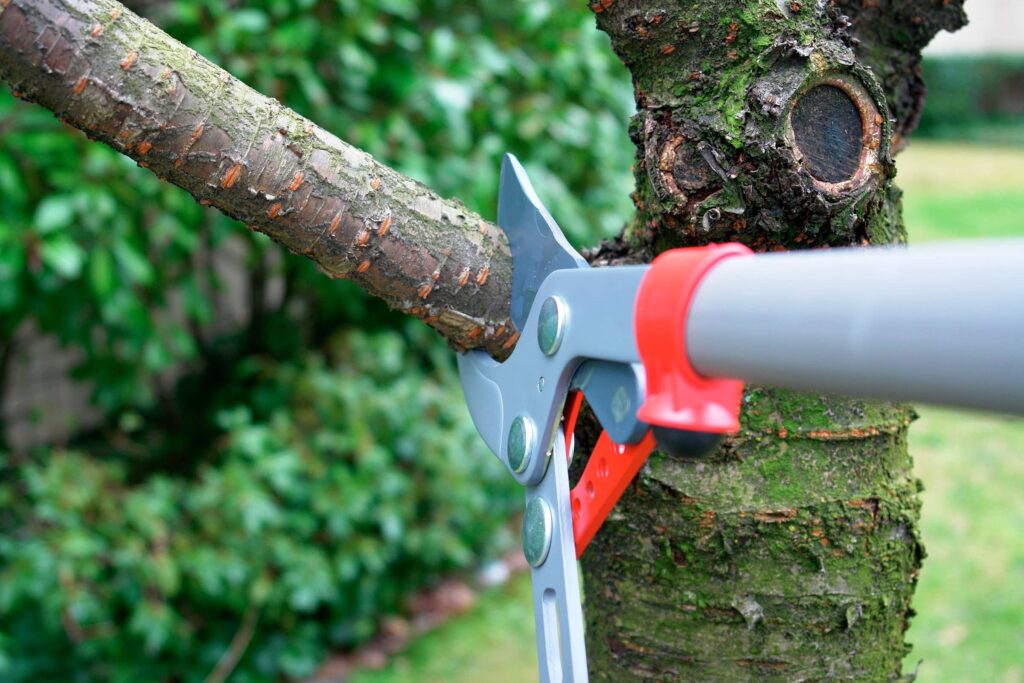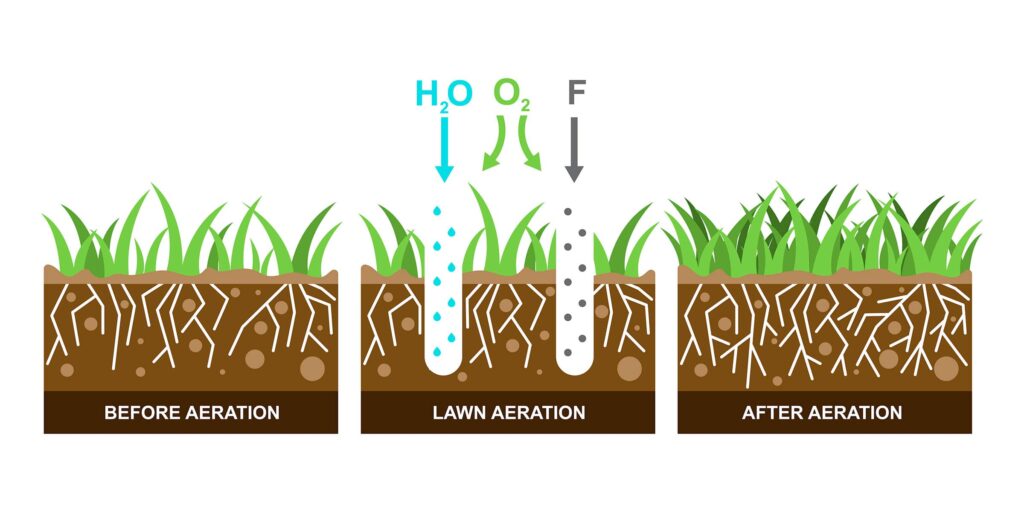
Table of Contents
Preparing Your Yard for Winter: What Do Landscapers Do in the Fall?
As the cold temperatures start to roll into the Denver Metro area, it’s time to start thinking about preparing your yard for winter. Local landscapers can help you get your yard ready for the winter months and prepped for a beautiful new landscape in Spring. They can help protect plants from the elements, prune trees and shrubs, aerate the lawn, divide and transplant perennials, apply winter fertilizers, and blow out sprinkler systems. Get your yard ready for winter and take advantage of the services landscapers offer.
- Assess and clean the yard, trimming back overgrown plants and checking for damage or decay.
- Protect plants from the elements by covering them with burlap, wrapping evergreens with burlap or freeze cloth, treating them with a liquid anti-desiccant, and insulating outdoor faucets.
- Prune trees and shrubs during their dormant period, removing dead or diseased branches and thinning out the plant.
- Care for the lawn by aerating it once a year, using a manual or motorized aerator, and raking up the plugs left behind. Additionally, divide and transplant perennials in the fall, applying winter fertilizers to help them get established.
Assessing Your Yard for Winterizing
Before beginning the winterizing process, take a few minutes to assess your yard. Look for areas that may need extra attention and preparation for the cold season, such as vulnerable plants or trees that could benefit from mulching or wrapping. Make sure to trim back overgrown plants and shrubs, and check that trees and shrubs are pruned and in good shape. Check for any signs of damage, rot, or decay, and make sure gutters and downspouts are free of debris.
Autumn leaves can be a great addition to your yard, as they provide insulation and nutrients for the soil. However, if you have too much of them, it can block light and air, and stagnate the growth of plants and grass. Rake and remove the excess leaves, and compost the ones you decide to keep.
Inspect your lawn for any weeds or pests, and address them as soon as possible to prevent infestation. If your lawn is prone to fungus, adjust the watering schedule as needed. If possible, spread a fresh layer of grass seed over any patches or bare spots.

Plant Protection From the Elements
Landscapers understand the importance of protecting your plants from the harsh winter season. Once you’ve assessed your yard and taken care of any issues, it’s time to ensure the well-being of your plants. To safeguard delicate plants from frost and wind, we recommend covering them with burlap. This protective layer will shield them from the elements and ensure their survival. Evergreens, in particular, should be wrapped with burlap or freeze cloth to shield them from cold temperatures and drying winds. For added protection, liquid anti-desiccant treatment for your evergreens and trees may be used. This treatment reduces water loss from the leaves, keeping them healthy and vibrant throughout the winter.
In addition to plant protection, safeguard your outdoor faucets from freezing. Faucets should be appropriately insulated, ensuring they remain functional and undamaged during the cold winter months. Consider wrapping for cold frames and greenhouses as well, using a layer of bubble wrap to provide an extra layer of warmth and protection. To maintain a healthy environment for your plants, remove any dead leaves or debris around them. This reduces the chances of pests or diseases taking hold and damaging your plants.
Lastly, we highly encourage mulching your plants before winter sets in. This practice not only protects them from the cold temperatures but also reduces the need for watering. Mulching acts as an insulation layer, keeping the soil warm and moist, which is crucial for the survival of your plants during the winter.

Pruning Trees and Shrubs for Winter
As winter approaches, landscapers should help you prepare your trees and shrubs for the cold months ahead. Pruning is an essential step in maintaining the health and vitality of your plants during winter. Pruning your trees and shrubs before winter has several benefits. Firstly, it helps your plants adapt to colder temperatures by removing any weak or damaged branches that may be susceptible to frost or snow damage. By removing these branches, you are allowing the plant to focus its energy on the healthier parts, increasing its chances of survival. In addition, pruning reduces the risk of disease. By removing dead or diseased branches, you eliminate potential sources of infection that could spread and harm the entire plant. This proactive measure can significantly contribute to the overall health of your landscape.
Another advantage of winter pruning is promoting healthy growth. By removing crossing or rubbing branches, you prevent them from damaging each other and creating wounds that can attract pests or diseases. Pruning also helps to shape and control the size of your plants, ensuring they maintain their desired appearance and structural integrity.
When it comes to the actual pruning process, it’s essential that landscapers understand the specific needs of your plants. Deciduous trees and shrubs should be pruned during their dormant period, which is typically late fall or early winter when the leaves have fallen and growth has ceased. On the other hand, evergreens should be pruned during the spring and summer months when they are actively growing.

Aerating Your Lawn
Aeration is a process that involves punching small holes into the soil so that air, water, and nutrients can reach the roots of your grass. This is especially important in the fall when the soil can become compacted due to heavy foot traffic. It also helps to break up any thatch that has accumulated over the summer. To aerate your lawn, you can either use a manual aerator or a motorized aerator.
Manual aerators are less expensive, but they require more effort and can be tiresome to use. Motorized aerators, on the other hand, are more expensive, but they are much more efficient and require less effort. Additionally, motorized aerators can be used to aerate larger areas more quickly and can be used on different types of terrain.
When aerating your lawn, make sure your landscaper evenly distributes the holes. It is also important to aerate your lawn no more than twice a year, as over-aerating can cause damage to the soil. Additionally, aerating should not be done when the soil is too wet, as this can cause the soil to compact and reduce the effectiveness of the aeration.
Dividing and Transplanting Perennials
If you have any perennials in your yard, now is the time to divide and transplant them. Fall is the ideal time for this landscaping task because the soil is still warm and the plants are still in their active growth phase. Plus, the cooler temperatures help the plants ease into their new environment.
When you’re transplanting perennials, it’s important to make sure they are planted in the right spot. Consider the amount of sunlight, drainage, and soil type that your plant needs. If it’s too shady, it might not bloom. If the soil is too moist, root rot could occur. Finally, after the transplanting is finished, landscapers may fertilize the plants to help them get established.
Applying Winter Fertilizers
Once you’ve transplanted and divided your perennials, it’s time to apply winter fertilizers. Winter fertilizers should be applied before the first frost to protect your plants from harsh winter weather. Winter fertilizers help to replenish nutrients in the soil that can be lost over the winter months. Applying winter fertilizer can also help plants develop robust root systems and help them to be more resistant to disease.
When selecting a winter fertilizer, choose one rich in nitrogen and phosphorus, as these are essential nutrients for healthy plant growth. You may also consider using an organic fertilizer, as it can help to improve soil structure and promote microbial activity. Generally, it is best to apply the fertilizer in late fall, just before the ground freezes. This gives the fertilizer time to be absorbed into the soil so that it can help plants during the winter months.
Blowing Out Sprinkler Systems
You should blow out your sprinkler system in the fall to avoid any damage from freezing temperatures. This is a task that should be done by a professional landscaper or contractor as it requires special equipment. Blowing out the system entails using pressurized air to force the water out of the pipes and heads, which can only be done with the right tools.
The process starts with disconnecting the sprinkler system from the main water supply. The air compressor is then connected to the system and pressurized air is blown through the pipes to force the water out. This is done for each individual head and section of the system.
After the system has been blown out, the contractors will perform a few tests to ensure all the water is out. The pressure should be checked in each section, and all the heads should be checked for water. If water is still present, then the contractor will have to repeat the process.
Once the tests have been completed, the landscaper will begin to winterize the system. This includes things like draining the valves and removing any filters. If the pipes are not adequately drained, they could burst in the cold temperatures.
